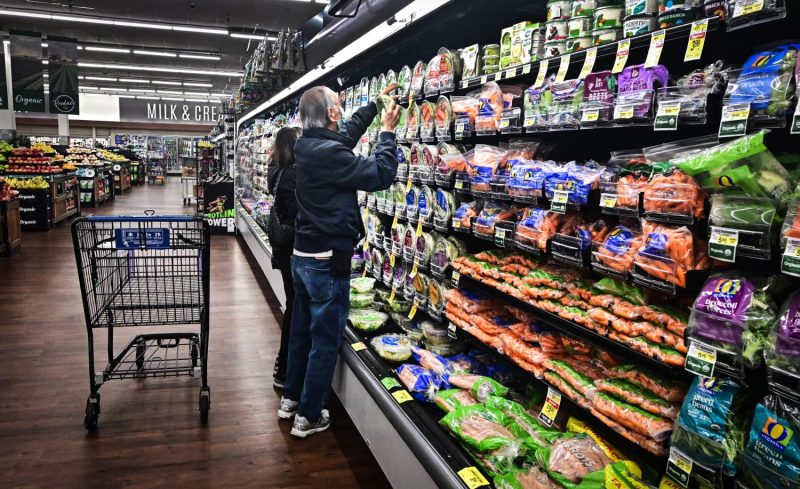The Rising Cost of Groceries: Unpacking the Factors Behind the Price Hikes
Supply Chain Disruptions: The Backbone of Increased Prices
One of the primary factors contributing to the recent surge in grocery prices is the series of supply chain disruptions that have unfolded globally. The COVID-19 pandemic initiated a domino effect that reverberated across industries, severely impacting the production and distribution of essential goods like groceries. Lockdowns, trade restrictions, and labor shortages brought the flow of goods to a standstill, creating a bottleneck that disrupted the supply chain network at every level. As a result, retailers faced challenges in restocking their shelves, leading to scarcity and increased demand for basic food items.
Climate Change and Agricultural Challenges: Nature’s Role in Price Fluctuations
Another crucial element influencing the cost of groceries is the mounting pressure of climate change on agricultural practices. Unpredictable weather patterns, such as prolonged droughts, devastating floods, and extreme temperatures, have deeply impacted crop yields and livestock production worldwide. These environmental stressors have made farming activities more challenging and expensive, prompting farmers to incur higher costs to maintain their operations. In turn, these added expenses are often passed on to consumers through elevated prices on food products.
Rising Transportation and Energy Costs: Fueling the Grocery Price Boom
The surge in transportation and energy costs has also played a significant role in driving up grocery prices. Fluctuating fuel prices, exacerbated by geopolitical tensions and market speculation, have caused transportation expenses to skyrocket for farmers, producers, and distributors. As a consequence, the higher operational costs incurred along the supply chain have been reflected in the final price tag of groceries. Moreover, the general increase in energy prices has further pushed up production costs for food manufacturers, contributing to the overall inflationary trend in the grocery sector.
Shifts in Consumer Behavior and Demand: Balancing Supply and Consumption
The evolving patterns of consumer behavior and demand have added a layer of complexity to the pricing dynamics in the grocery market. The accelerated shift towards online shopping and home deliveries during the pandemic has necessitated adjustments in the way groceries are sourced, stored, and delivered. This digital transformation has entailed additional investments in e-commerce infrastructure, logistics, and technology, all of which have implications for pricing strategies. Moreover, changing consumer preferences, such as the growing demand for organic, sustainable, and locally sourced products, have influenced the variety and cost of items available in stores.
Navigating the Future: Strategies for Mitigating Grocery Price Pressures
In light of the multifaceted challenges driving the escalation of grocery prices, consumers can adopt certain strategies to navigate this economic landscape. Staying informed about market trends, promotions, and discounts can help individuals make cost-effective purchasing decisions. Embracing meal planning, bulk buying, and using loyalty programs can also contribute to savings in the long run. Supporting local farmers and producers, exploring alternative shopping options like farmers’ markets and community-supported agriculture (CSA), and growing one’s food at home are additional ways to mitigate the impact of rising grocery prices and foster a more resilient food system.
In conclusion, the confluence of supply chain disruptions, climate change, energy costs, and shifting consumer dynamics has catalyzed the surge in grocery prices observed in recent times. Understanding the interconnected nature of these factors is key to unraveling the complexities of pricing mechanisms in the food industry. By adapting consumer behaviors, exploring sustainable alternatives, and advocating for a more transparent and equitable food system, individuals can navigate the challenges posed by inflated grocery prices and work towards a more accessible and affordable food future.





























